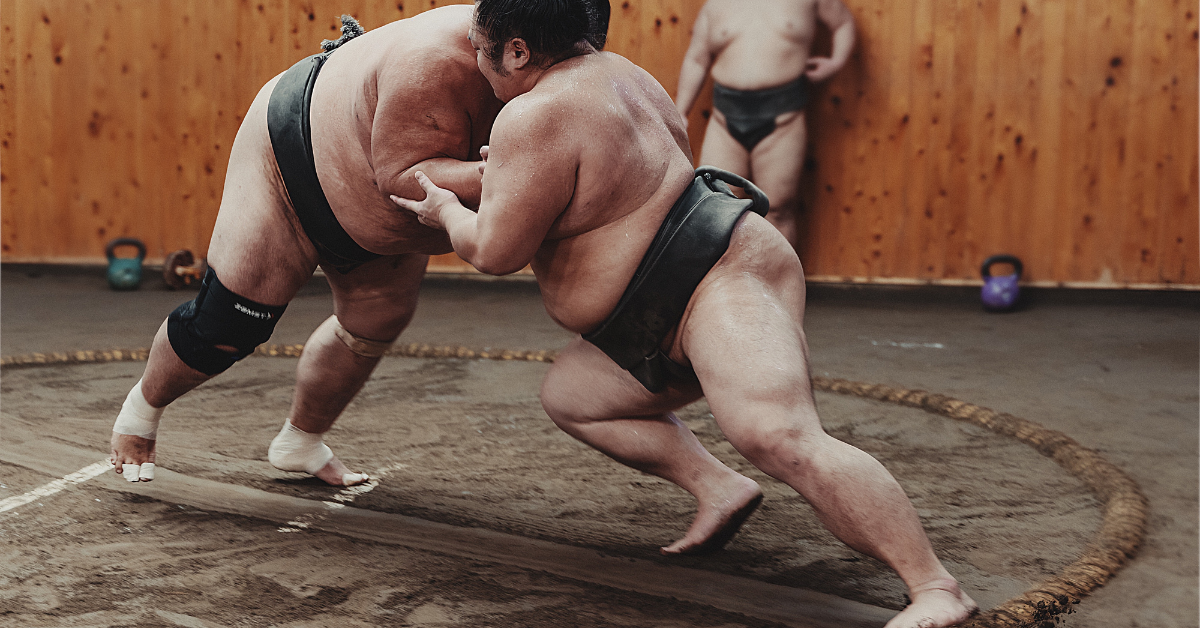In sumo, the final move that determines the outcome of a bout is called a kimarite. By understanding the types and meanings of these techniques, your viewing experience will become richer and far more engaging.
The Basic Meaning of Kimarite
A kimarite is the final technique in a sumo match that determines the winner. For example, when a wrestler pushes their opponent out of the dohyo or throws them down with a powerful move, that decisive action is recorded as the kimarite. The Japan Sumo Association officially recognizes over 82 types, and after each bout, referees and judges announce the winning technique.
Key points
- Kimarite summarize the reason for victory in a match
- Techniques are classified into pushing, throwing, hooking, and special moves
- Even the same technique can look different depending on the wrestler’s physique and fighting style
Major Kimarite and Their Features
The table below shows common kimarite and their features.
| Kimarite | Reading | Description | Features |
|---|---|---|---|
| Oshidashi | o-shi-da-shi | Pushing the opponent out using the hands or body | The most common basic move |
| Yorikiri | yo-ri-ki-ri | Grabbing the mawashi (belt) and driving forward | Requires weight and hip stability |
| Uwatenage | u-wa-te-na-ge | Throwing from an outside grip on the mawashi | A battle of arm strength and timing |
| Shitatenage | shi-ta-te-na-ge | Throwing from an inside grip on the mawashi | Breaks the opponent from a low position |
| Hikiotoshi | hi-ki-o-to-shi | Pulling the opponent down | Needs quick reflexes |
Classification and Appeal of Kimarite
Kimarite can be grouped into four main categories.
| Category | Main Techniques | Features |
|---|---|---|
| Pushing | Oshidashi, Tsukidashi | Power and forward drive |
| Throwing | Uwatenage, Shitatenage | Arm strength and timing |
| Hooking | Ashitori, Kaketonage | Footwork skill and agility |
| Special | Tottari, Ushiro-motare | Rare and exciting for spectators |
Rare Kimarite
Rare kimarite appear only a few times per year and often leave a strong impression on the audience.
| Kimarite | Reading | Description |
|---|---|---|
| Tottari | to-tta-ri | Locking the opponent’s arm and breaking their stance |
| Ushiro-motare | u-shi-ro-mo-ta-re | Throwing the opponent backward from behind |
| Hatakikomi | ha-ta-ki-ko-mi | Slapping down a rushing opponent |
Why Knowing Kimarite Changes How You Watch Sumo
Understanding kimarite makes it clear “why that wrestler won”. For example, even within the same oshidashi, a high-chest push and a low-hip drive are tactically different. When a throwing technique appears, that single moment of mind games and body control boosts excitement in the arena.
Recommended Steps for Foreign Spectators
| Step | Action |
|---|---|
| 1 | Learn about 10 representative kimarite |
| 2 | Research each wrestler’s favored techniques |
| 3 | Watch videos of matches with rare techniques |
| 4 | Practice listening for kimarite names during live bouts |
Conclusion
Kimarite are not just move names — they are a mirror reflecting a wrestler’s strategy and split-second decision-making. Knowing the story behind each one makes sumo even more fascinating. Next time you watch a bout, focus not just on who wins, but also “which technique decided it”.





コメント